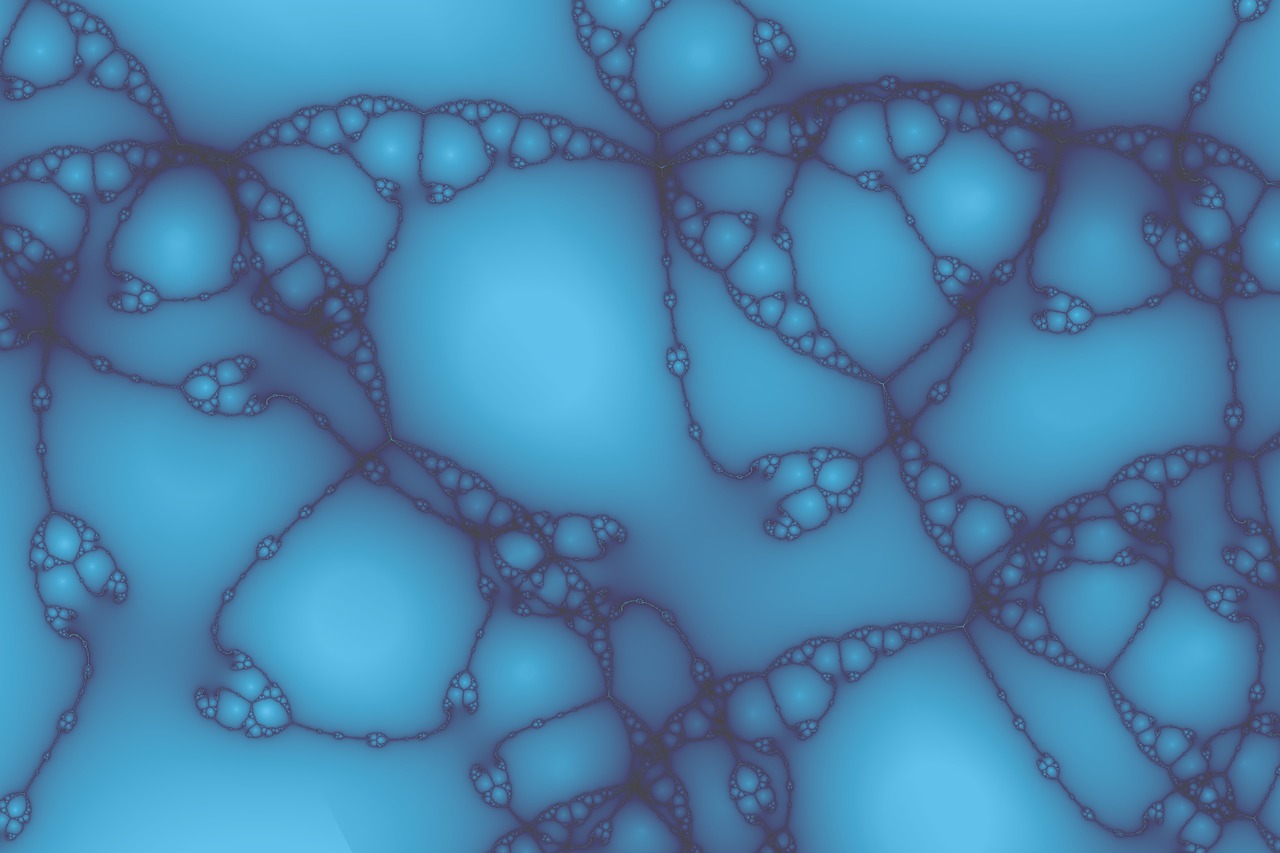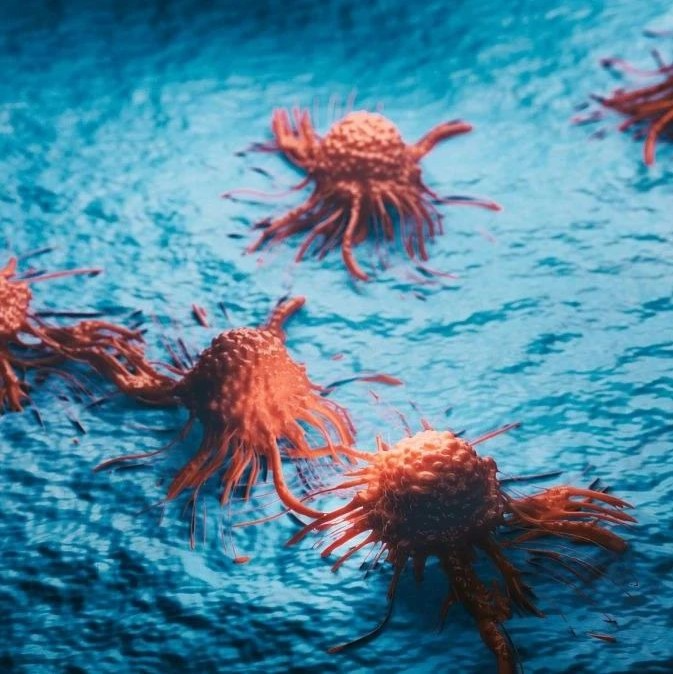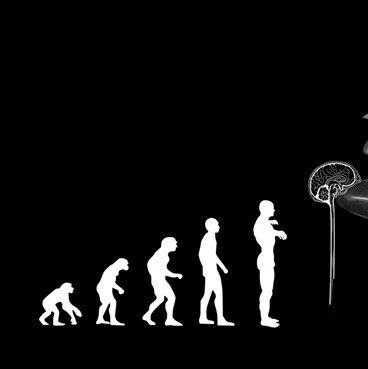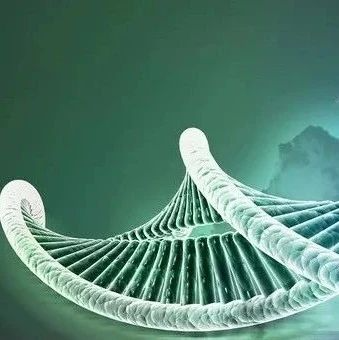专题:Science报道
据2月12日的《科学》杂志报道说,对在埃迪卡拉纪时地球海洋的研究(即在寒武纪发生多元化多细胞生物物种大爆炸之前的那个时候)产生了相互矛盾的结果。 有研究提出,在晚埃迪卡拉纪的时候,地球各地的洋盆变得氧气充沛,而其它的研究则提出了当时深海水域缺氧的与其矛盾的证据。
现在,研究人员说,他们从南部中国的沉积岩所获得的数据可调和这些结论相互抵触的研究;他们尝试用一个埃迪卡拉纪海洋的层化模型来解释生物多元化的最大爆发之前所出现的长时间的延迟。
为了建立这一模型,Chao Li及其同僚分析了来自中国南海洋盆的岩石构造中的含铁矿物及其硫化物和硫酸盐同位素。 他们的结果表明,在埃迪卡拉纪时(它处于6亿3500万年之前至5亿4200万年之前之间)地球上的海洋是层化的,其中某些层区为硫化物水域和富含铁的水域。 这些研究人员描述了稳定的富含硫化物及硫酸盐中水柱,而该水柱则被夹在极度缺氧且富含铁的区域之间。 他们还提出,这些区域在整个埃迪卡拉纪中通过从大陆架释放出的硫酸盐的低度流量加上在这些层化水柱中更深部分的可进一步减少硫酸盐的细菌活动而得到维持。 这些研究人员的模型帮助厘清了在这些原始阶段的有关深海化学的各种相互矛盾的报告。他们提出,这种波动的海洋环境还能够帮助解释为什么在埃迪卡拉纪中存在着这些不协调的化石记录。
推荐原始出处:
Science February 11, 2010 DOI: 10.1126/science.1182369
A Stratified Redox Model for the Ediacaran Ocean
Chao Li,1,* Gordon D. Love,1 Timothy W. Lyons,1 David A. Fike,2 Alex L. Sessions,3 Xuelei Chu4
The Ediacaran Period (635-542 million years ago) was a time of fundamental environmental and evolutionary change, culminating in the first appearance of macroscopic animals. Here we present a detailed spatial and temporal record of Ediacaran ocean chemistry for the Doushantuo Formation in the Nanhua Basin, South China. We find evidence for a metastable zone of euxinic (anoxic and sulfidic) waters impinging on the continental shelf and sandwiched within ferruginous [Fe(II)-enriched] deep waters. A stratified ocean with coeval oxic, sulfidic and ferruginous zones, favored by overall low oceanic sulfate concentrations, was maintained dynamically throughout the Ediacaran Period. Our model reconciles seemingly conflicting geochemical redox conditions proposed previously for Ediacaran deep oceans and helps explain the patchy temporal record of early metazoan fossils.
1 Department of Earth Sciences, University of California, Riverside, CA 92521, USA.
2 Department of Earth and Planetary Sciences, Washington University in St Louis, MO 63130, USA.
3 Department of Geological and Planetary Sciences, California Institute of Technology, Pasadena, CA 91125, USA.
4 State Key Laboratory of Lithospheric Evolution, Institute of Geology and Geophysics, Chinese Academy of Sciences, Beijing 100029, China.







